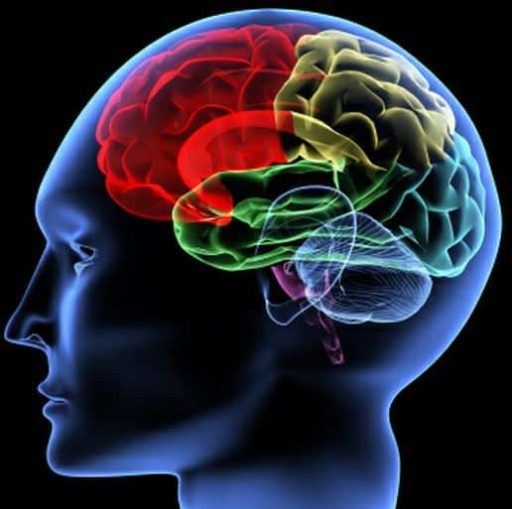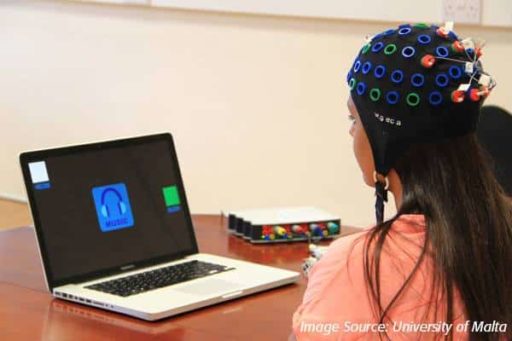It seems almost every other day we are getting hit by news of a devastating earthquake turning some city of or another into ruins, causing tremendous loss of lives and property. Now a researcher at the University of California, Riverside has developed a software that if installed on user computers can turn those machines into a worldwide network of earthquake detectors.
Elizabeth Cochran, an earth scientist at UC Riverside, has already managed to get about 1,000 people to install Quake Catcher and has been tracking the date submitted by the software—including disruptions from the recent magnitude 8.8 earthquake in Chile.
The system isn’t perfect as it’s limited by the sensitivity of accelerometers built into computers or ones connected by USB, but at least it does have a mechanism in place to ignore vibrations that are limited to a single machine. This means that accidentally letting your laptop fall off the desk won’t make anyone assume there’s an earthquake. Now if you coordinated such a drop with a bunch of people in your geographic area on the other hand, we might manage to upset Ms. Cochran a bit.
The “Quake Catchers” program aims to make earthquake detection a lot easier and cheaper by taking advantage of accelerometers built into MacBooks and other newer laptops.
The accelerometers that are embedded in everything from iPhones to the Nintendo Wii aretiny devices that detect movement. Having software that takes advantage of the tiny devices on thousands of laptops could complement the current system of earthquake sensors installed along fault zones.
Cochran got the idea of harnessing accelerometers for an earthquake network by watching the “Seismac” program on a friend’s MacBook. But whereas Seismac allows you to shake the MacBook and get accelerometer readings for giggles, Cochran hopes “Quake Catchers” can help science and maybe save lives.
The “Quake Catcher” software is designed to record all vibrations on a computer, but only uploads the info if many computers in the same geographic area record “dramatic shaking.”
If the idea catches on in schools, businesses and homes, it might even become part of an early-warning system that detects the outward ripple of an earthquake. Even laptops that don’t have accelerometers can get a $50 sensor with a USB cable that acts similar to an accelerometer.
About 1,000 people have already signed on as “Quake Catchers,” and Cochran’s group hopes to possibly blanket California and beyond. That doesn’t mean we won’t still need our quake-proof buildings, but the software represents readily adaptable technology that’s available now. We’ll just keep dreaming of our active cloaking that counters earthquakes.
Check out the Quake-Catcher Network here.



